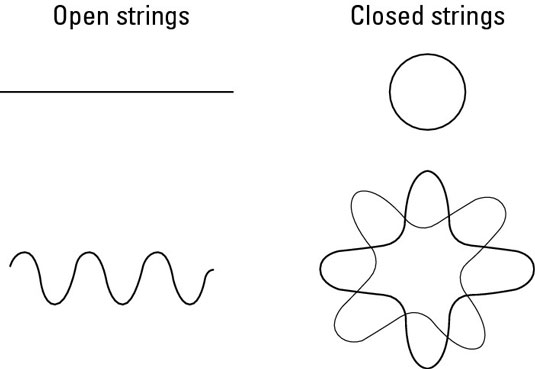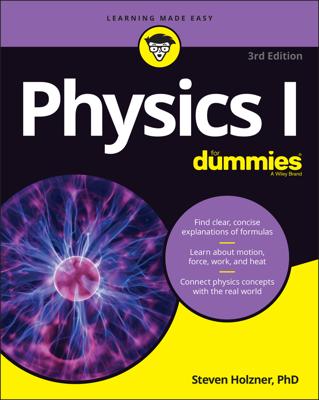As a consequence of the Standard Model’s success, string theory wasn’t needed to explain particle physics. Instead, almost by accident, string theorists began to realize that string theory might just be the very theory that would solve the problem of quantum gravity.
By 1974, the Standard Model had become the theoretical explanation of particle physics and was being confirmed in experiment after experiment. With a stable foundation, theoretical physicists now looked for new worlds to conquer, and many decided to tackle the same problem that had vexed Albert Einstein for the last decades of his life: quantum gravity.
The graviton is found hiding in string theory
The graviton is a particle that, under predictions from unified field theory, would mediate the gravitational force. In a very real sense, the graviton is the force of gravity. One major finding of string theory was that it not only includes the graviton, but requires its existence as one of the massless particles discussed earlier in this chapter.
In 1974, Joel Scherk and John Schwarz demonstrated that a spin-2 massless particle in superstring theory could actually be the graviton. This particle was represented by a closed string (which formed a loop), as opposed to an open string, where the ends are loose. Both sorts of strings are demonstrated in this figure.

String theory demands that these closed strings must exist, though open strings may or may not exist. Some versions of string theory are perfectly mathematically consistent but contain only the closed strings. No theory contains only open strings, because if you have open strings, you can construct a situation where the ends of the strings meet each other and, voilà, a closed string exists.
From a theoretical standpoint, this was astounding (in a good way). Instead of trying to shoehorn gravity into the theory, the graviton fell out as a natural consequence. If superstring theory was the fundamental law of nature, then it required the existence of gravity in a way that no other proposed theory had ever done!
The other supersymmetric gravity theory: Supergravity
Supergravity is the name for theories that attempt to apply supersymmetry directly to the theory of gravity without the use of string theory. Throughout the late 1970s, this work proceeded at a faster pace than string theory, mainly because it was popular while the string theory camp had become a ghost town. Supergravity theories prove important in the later development of M-theory.
In 1976, Daniel Freedman, Sergio Ferrara, and Peter van Nieuwenhuizen applied supersymmetry to Einstein’s theory of gravity, resulting in a theory of supergravity. They did this by introducing the superpartner of the graviton, the gravitino, into the theory of general relativity.
Building on this work, Eugene Cremmer, Joel Scherk, and Bernard Julia were able to show in 1978 that supergravity could be written, in its most general form, as an 11-dimensional theory. Supergravity theories with more than 11 dimensions fell apart.
Supergravity ultimately fell prey to the mathematical inconsistencies that plagued most quantum gravity theories (it worked fine as a classical theory, so long as you kept it away from the quantum realm), leaving room for superstring theory to rise again in the mid-1980s, but it didn’t go away completely.
String theorists don’t get no respect
During the late 1970s, string theorists were finding it hard to be taken seriously, let alone find secure academic work. As the decade progressed, two of the major forces behind string theory would run into hurdle after hurdle in getting a secure professorship.
John Schwarz had been denied tenure at Princeton in 1972 and spent the next 12 years at CalTech in a temporary position, never sure if the funding for his job would be renewed. Pierre Ramond, who had discovered supersymmetry and helped rescue string theory from oblivion, was denied tenure at Yale in 1976.
Against the backdrop of professional uncertainty, the few string theorists continued their work through the late 1970s and early 1980s, helping deal with some of the extra dimensional hurdles in supergravity and other theories, until the day came when the tables turned and they were able to lay claim to the high ground of theoretical physics.

